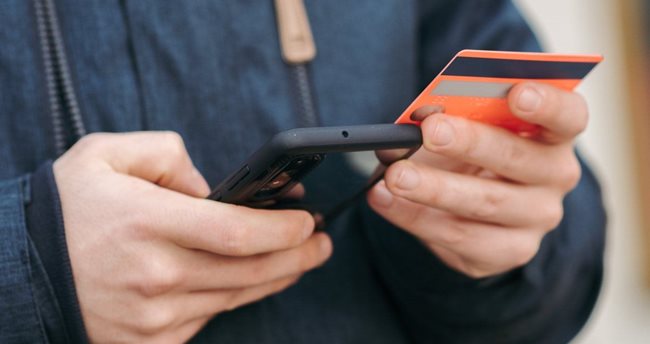Trending



 Does anyone know what content is any more?Justine Drake
Does anyone know what content is any more?Justine Drake

Elections 2024
Jobs
- Junior Graphic Designer Umhlanga
- Account Executive Umhlanga
- Warehouse Team Leader George
- Warehouse General Worker George
- Temp Administrator George
- Operational Manager - Food Industry Mossel Bay
- Baker - Commercial Bakery Vereeniging
- Brand Ambassador Hazyview
- Field Sales Representative Hazyview
- Customer Sales Consultant Hazyview
Bringing the omnichannel B2C experience into the B2B retail space

An omnichannel approach, supported by appropriate technology, can help to streamline retail sales channels, improve the overall experience, and drive economic growth.
It's not just about an app
One of the first mistakes businesses make in bringing the consumerisation of IT into the B2B space is the almost single-minded focus on having an app. While apps can be and often are an important tool in simplifying this space, it is essential to consider the level of technology available to the retailers that are being served.
If an app is part of the strategy, it needs to be friendly, intuitive and easy to use, taking into account various levels of tech literacy. If people need training on how to use an app, the app is too complicated. However, for South Africa’s main market, an app may not be the ideal choice. Many in this space still rely on interpersonal communication, rather than self-service solutions, which makes the humble call centre still an essential communication strategy.
There remains a large portion of retailers that are unable or unwilling to use self-service options, and that are too expensive to reach with a sales rep. The key is a multi-touch, omnichannel approach combining sales reps, sales force automation and ordering tools with the flexibility of either assisted or self-service, alongside a call centre environment where retailers can engage with both sales and support teams, and even the use of USSD services to bridge the gap.
Technology should always aim to simplify engagement, and smart, unified communication channels are key in effectively optimising the route to market into the various urban, semi-urban and rural areas of South Africa, and into the African continent.
Serving the main market
Technology, if used correctly, will breed simplicity and efficiency, but the key is using the right technology in the right place at the right time, and for the right reasons. To this end, the South African retail space needs to focus on reaching the main market effectively – it is one of the few portions of the economy that is still growing, and thus represents a massive opportunity.
While the main market is considered as a whole, it is far from homogenous, and a blanket approach will never be successful. Regional consumer patterns are influenced by the communities that live in them, and consumption varies by religion, culture, race, weather patterns and more. The challenge here is that there are multiple, large chunks of data coming from various disparate sources, from point of sale to salesforce automation.
Being able to mine this data and derive some sort of realistic intelligence as to what is actually happening on the ground has proven to be a mammoth task. A central repository to bring it altogether would go a long way in aiding this challenge and bringing B2C technology into the B2B space can bring us closer to this point.
But education is the key...
As much as technology can be hugely beneficial, and consumerizing the B2B experience in the retail space will take self-service to new levels for those who have access, the reality is that until these solutions can be effectively used by much of the market, they cannot be truly effective. Technology, and importantly education into the benefits of technology, need to be driven into the main market space.
The consumerisation of IT into the B2B retail space is not just about making pretty apps, you need functional, easy to use tools with a simple design interface that adds value to the retailer. Above all, the retailer needs to be educated effectively to understand the benefits of the tools, which will drive adoption, which will provide the data needed to optimise touchpoints, remove points of friction from the supply chain, and ultimately grow the economy.












